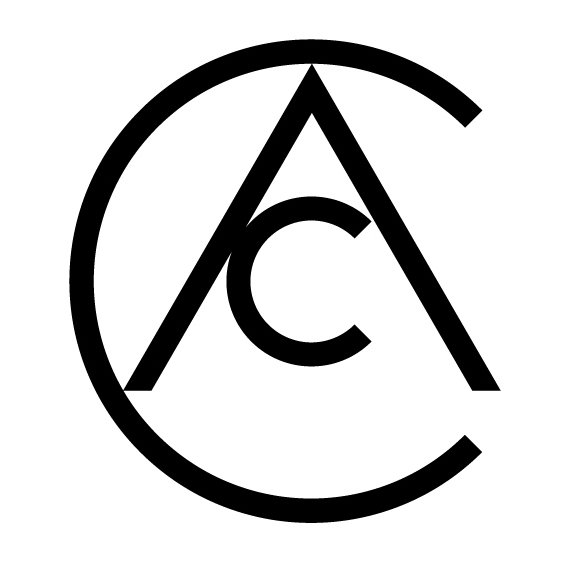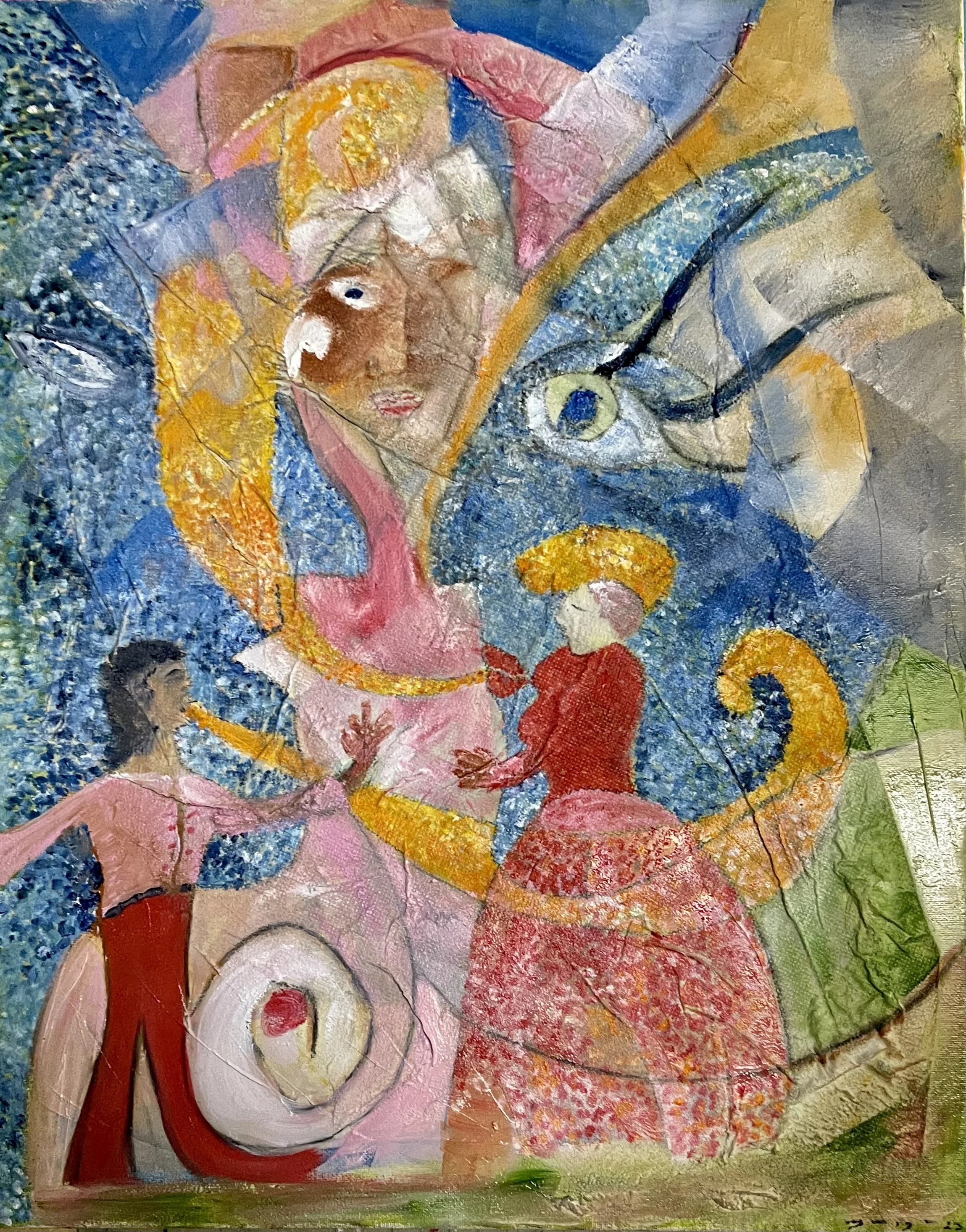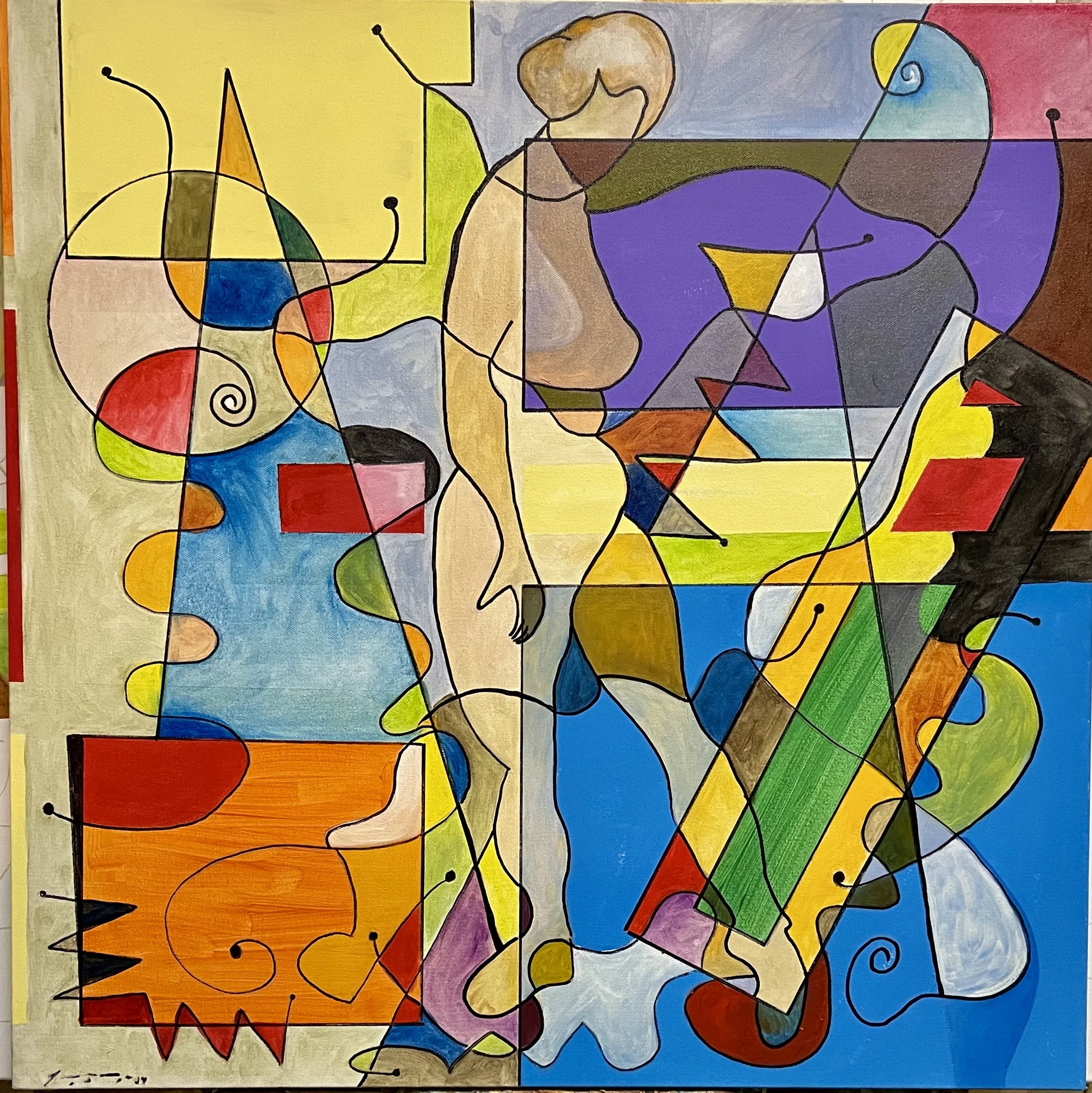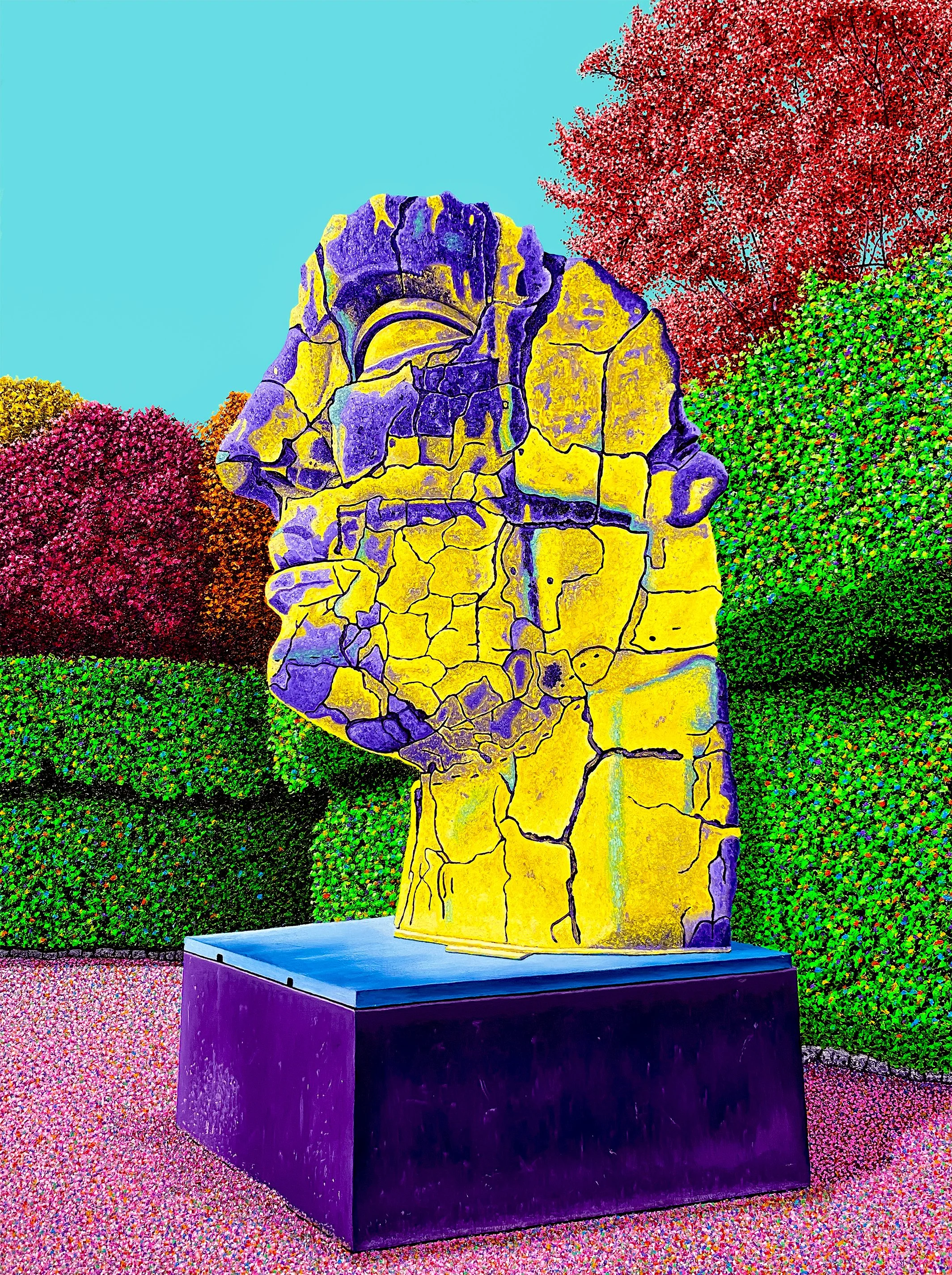Interview with Mauricio Zuniga
Mauricio, could you walk us through the journey of an idea in your mind—from its genesis to its full realization on the canvas? How do you decide which ideas are worth pursuing, and what does this process reveal about your priorities as an artist?
Images constantly emerge in my mind as seeds for future works. I analyze each idea as a potential artistic project and capture it immediately in my sketchbook. Once I've accumulated enough images, I review my sketchbook and begin working.
My method involves developing seven paintings simultaneously. I start with one and, when I need to refresh my perspective, I move to the next. This process continues until I complete all seven works, at which point I return to the first one with fresh eyes and new ideas.
This methodology has been with me since I began painting and has proven highly effective for my creative process.
You often integrate themes of dreams and Mexican charm in your work. How do you balance the abstract nature of dreams with the concrete elements of cultural charm in your conceptual development? Could you describe a piece where this balance was particularly challenging to achieve?
Growing up by a river next to a railroad station in Mexico, I was immersed in a culture rich with colors and stories. I watched countless travelers pass through - indigenous people and pilgrims journeying to see the Virgin of Guadalupe in Mexico City. During their wait for trains, I absorbed their traditions and colors, each moment a vivid snapshot of their lives.
'La Cocina' emerged from these memories, blending the sensory experiences of my childhood. In our large family home, despite modest means, we were surrounded by remarkable women who helped raise us. These helpers became storytellers, sharing tales of their fathers in the Mexican Revolution while cooking our meals and singing as they worked. Their presence filled our home with stories, songs, and wisdom.
The house itself, with its mysterious noises, friendly shadows, and unexplained voices, became a character in these memories. Our parents taught us to embrace these phenomena rather than fear them. This intersection of daily life, family history, and subtle magic created the perfect foundation for 'La Cocina,' where all these elements come together on canvas.
Considering your unique use of construction materials like wall plaster and house paint, could you describe a specific project where these materials played a pivotal role in the expression of your artistic vision? How did these choices enhance the symbolic meaning of the work?
My paintings incorporate everyday construction elements - windows, cooking materials, nails, glues, and house paint. While this approach initially stemmed from financial necessity, it evolved into a distinctive artistic philosophy. I discovered that these common materials could create works just as powerful as those made with traditional art supplies, challenging the notion that beautiful art requires expensive materials from specialty stores.
Having roots in both Mexico and the United States, how do you navigate and represent these diverse cultural identities in your artwork? Can you give an example of a piece that you feel best represents this cross-cultural dialogue?
The first fourteen years of my life unfolded in a town where tradition wove magic into daily life. Local celebrations ranged from religious festivities to school-organized civic parades, each adding its own color to our community. The surrounding towns enriched this cultural tapestry with their unique celebrations - from the Feast of Saint James (Santiago Apóstol) to the Tagualiles, where the historic battle between natives and Spaniards came alive through ritual reenactment.
In what ways do you think your work challenges or reinforces the stereotypes associated with Mexican-American identities? How intentional are these choices, and what do you hope your audience takes away from these representations?
Religious imagery from my past profoundly shaped my early artistic career, finding new expression against Chicago's urban landscape. In this city, Mexican culture flourishes as vibrantly as it does in Mexico itself, with communities preserving their heritage with fierce devotion. This cultural persistence reflects how we, as Mexicans, carry our traditions and homeland in our hearts wherever life takes us.
I discovered that blending cubism and surrealism with these cultural elements created a unique artistic language, one that not only preserved our traditions but invited audiences to explore and connect with our rich heritage
You’ve mentioned that recurring themes in your work often include elements of surrealism and cubism. Could you discuss how these artistic movements influence your approach to themes like identity and reality?
Cubism and surrealism became my tools for capturing the essence of significant cultural celebrations like quinceañeras and cotillions. My intimate understanding of these events stems from childhood, where I not only participated in the choreographed dances but absorbed every detail of these communal moments. I can still see the anxious faces of children concentrating on their steps, and the mothers' tears that held both joy and apprehension. In our small town, where every misstep became gossip, even mastering the choreography couldn't quiet our nerves.
These artistic movements allowed me to transcend literal representation and delve deeper into the emotional landscape of these ceremonies. Through this fusion, my work captures not just the physical dance steps and formal attire, but the complex tapestry of feelings - the nervous energy, the pride, the community bonds - that make these cultural celebrations so profound.
How do you engage with the local artistic community in Chicago, and in what ways has this community influenced your creative output? Could you share a memorable experience where community interaction directly impacted the development of a particular piece?
My photographic career in Chicago involved collaborations with sculptors, painters, and muralists in numerous exhibitions. A significant show was "Palo Plata" (Wood and Silver) at Galleria Prospectus, alongside sculptor Roman Villarreal. During this time, I ran Acrylic Expressions gallery and participated in exhibitions with Chicago Tribune and national sports photographers.
My role managing a photo lab led to experimentation with film and cameras. Using a simple point-and-shoot camera called the Talker, I developed a unique technique: exposing the same roll of film seven times by carefully aligning the film markings. After shooting the entire roll and allowing it to rewind, I would realign it using my marks for multiple exposures. This approach created layered images that marked my first steps into cubism and launched my artistic career.
What mechanisms do you have in place for receiving feedback from your audience, and how has this feedback shaped your artistic practice over the years? Could you describe a time when audience feedback led you to alter or rethink a project?
I exhibit my work in diverse spaces beyond traditional galleries and cultural centers, including various businesses and social media platforms. I embrace all responses to my work with a positive mindset, never fearing rejection. When I'm present at my exhibitions, I've found that people engage more with questions about technique, such as "How did you make those two colors work together?" rather than expressing criticism.
Interestingly, titles can be both helpful and distracting. Sometimes, when viewers read a title, they become too focused on finding its literal representation in the artwork, which can detract from experiencing the painting as a whole. I prefer allowing audiences to connect with the overall visual impact of my work without being constrained by titles.
Can you discuss a specific instance where your art had a noticeable impact on the community? What was the nature of this impact, and how did it feed back into your creative process?
Recently, I received a meaningful invitation to exhibit in my birthplace, Poncitlán, Mexico. Despite having moved away years ago, someone there had been following my artistic journey in the United States. At the mayor's invitation, I displayed eleven paintings in the municipal space.
Speaking to young audiences during the exhibition, I emphasized our shared hometown roots, hoping to show them that artistic dreams can flourish regardless of where one begins. These paintings now tour throughout Jalisco, connecting with small-town audiences who may know just one thing about me: I'm from Poncitlán, just like them.
Looking ahead, are there new themes or techniques you are eager to explore in your future works? How do you see your cultural heritage and personal experiences shaping these new directions?
My current work explores the fusion of watercolors and oils while reimagining Mexican historical figures. Studying master artists' techniques led me to notice how murals of Independence and Revolution heroes often follow traditional representations. This observation sparked a desire to reinterpret these iconic figures through contemporary eyes, using cubist and surrealist approaches.
My aim is to honor these historical heroes while presenting them in a fresh light that resonates with modern audiences. By blending traditional subjects with innovative techniques, I'm working to bridge the gap between historical reverence and contemporary artistic expression.










